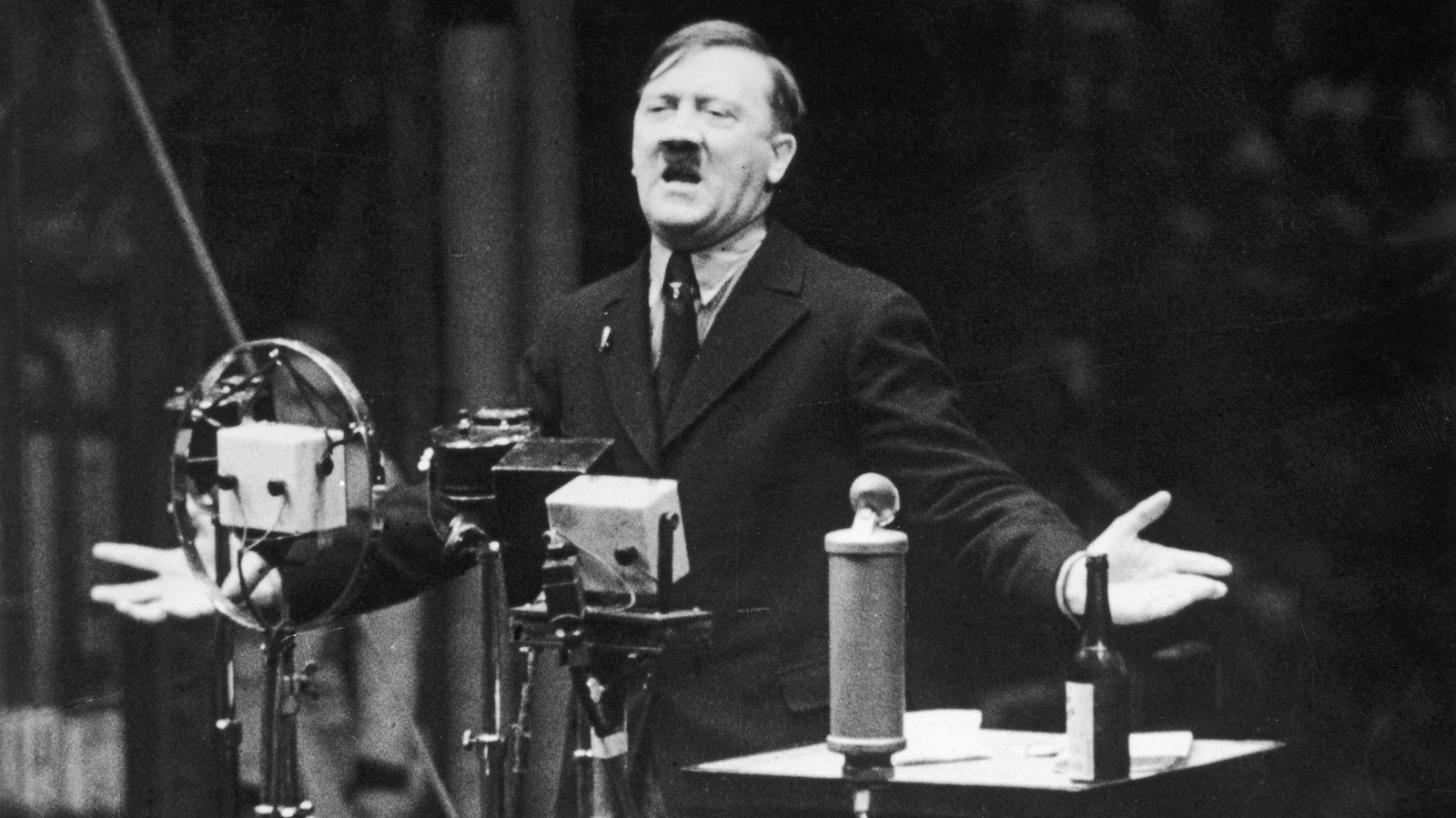
Per The Weiner Holocaust Library, the Nazi Party’s organization, propaganda, and intimidation through the SA didn’t immediately translate into electoral success. In 1928, the Nazis won only 12 seats in the Reichstag — less than 3% of the vote. But the Wall Street Crash of 1929 badly affected Germany, dependent as it was on American investment. Collapsing employment and soaring poverty reignited unrest in the country — and gave Adolf Hitler and the Nazis an opening. They won over 18% of the vote in the 1930 elections and almost 38% in 1932, earning them 230 seats in the Reichstag.
Per The Atlantic, an analysis of the 1932 election shows that Hitler’s electoral support came largely from rural, historically Protestant areas. The Nazis built up support by undercutting rival parties, bussing in additional supporters to inflate the size of their rallies, and appealing to fears of communism. After all, the Russian Revolution was still a fresh source of anxiety throughout Europe, and the conservative, upper-class segment of the German population saw in Hitler and the Nazis a useful bulwark against such developments at home.
Read Related Also: ‘Get it over with’: Mom arrested after 8-year-old dies in house fire she’s accused of causing
While support for the Nazis was concentrated in the upper class, a certain percentage of nearly all groups of voters was swayed by the party. The traditional parties of the left, right, and center failed to clearly articulate an alternative. They also remained at loggerheads with one another, making the Nazis the largest bloc in the Reichstag despite being collectively outnumbered.









